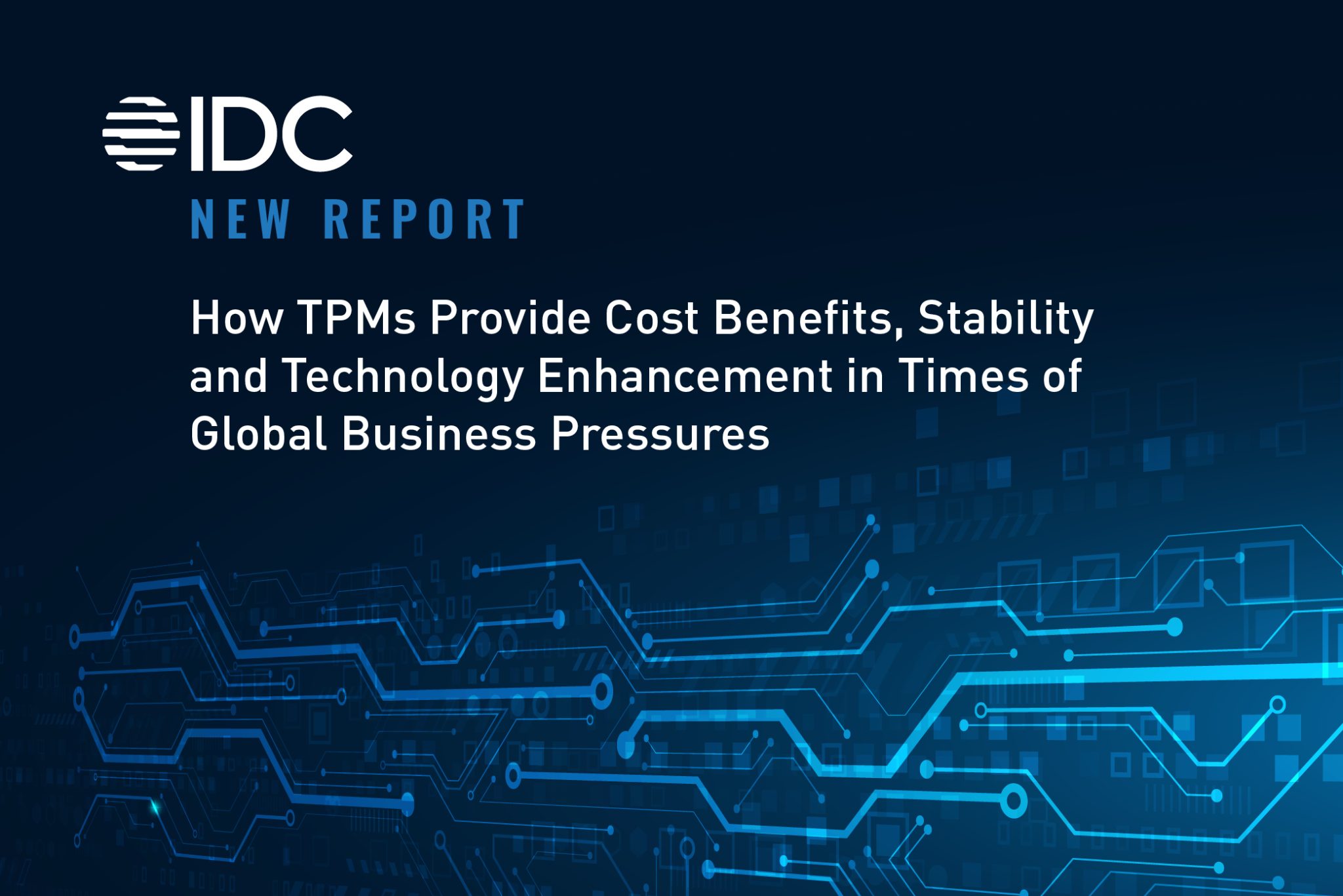
19 May New Report By IDC: How TPMs Provide Cost Benefits, Stability and Technology Enhancement in Times of Global Business Pressures (Part 2)
In our last article we introduced the recent report we sponsored with International Data Corporation. The IDC Analyst Brief was authored by Rob Brothers, Vice President of IDC. It’s entitled “Cut Operational Costs: Use Third-Party Maintenance Providers for Stable Datacenters and Better Digital Transformation”.
Key Takeaways from Part 1
First, we noted that the TPM market is growing with use from all enterprises rising from 40 % to 70%. Companies are finding it’s much easier to do business with TPMs versus rigid and expensive OEMs. The quality of TPM services and offerings has increased over the years to the point where it’s not only the massive price reductions that matter to end-users.
Legacy hardware and device support are a natural for the TPMs moving forward. Here’s what IDC says about the evolving legacy TPM market: “The reasons to use a TPM provider can be varied — lower costs, an easier approach to doing business, or better response and support due to the vendor’s lack of focus on older systems or the vendor’s decision to drop the support of that device altogether. IDC also realizes that as cloud-based computing and the software-defined world begin to come to fruition, the ability to swap out systems, storage, and networking equipment without the worry of the intelligence running on that device will become more of a reality.”
The major trends in the market show that TPMs offer better reliability, peace of mind and lower costs versus OEM support. This has been a win-win-win with end users and our channel partners.
The TPM “Ecosystem”
In previous articles and eBooks, we’ve described the hidden and unique “Ecosystem” that all TPMs and brokers plug into to support the channel. Rob Brothers has stated that this ecosystem is now well developed and offers significant service advantages to the channel and end-users. The following is an infographic we developed that depicts this Ecosystem:

TPMs = Focused and Independent
Rob notes that the nature of TPMs is that their focus is strictly as independent support providers. Unlike OEMs or even third-party resellers, TPMs are exclusively working on means to deliver best in class maintenance across the globe. Rob summarizes the advantage of this focus and independence as follows: “This primary focus on just support allows them to be more flexible and have better communications with the enterprise as far as what the support package it is receiving and may have frequent reviews on how its support is progressing within an IT environment. Also, companies have internal cost-saving mandates that they must meet to ensure optimizing of the financial management of their businesses.”
Certainly, we have always maintained our emphasis on being a Pure Play TPM because we have known that this approach will deliver the best experience and lowest cost for our partners and end users. It’s affirming to know that analysts like Rob Brothers supporting our approach.
Key “Considerations” in Evaluating TPM
Rob concludes his analysis with a list of key “considerations” that we like to call “Frequently Asked Questions” (FAQs). Rob states that these have now become “table stakes” meaning that these are really the bare minimum qualifications that a TPM or other maintenance provider must have in order to be a viable supplier of TPM.
Here is Rob’s list:
» Who do I trust to fix it?
» Is it a good value?
» Do they have the proper sparing and logistics?
» Can they respond within my SLA?
» Do they have the geographical coverage?
» How easy is it to place a call?
» Do they have the engineering talent?
» Do they have the right support options?
» How easy are they to do business with?
» Can they provide a single point of contact and provide multivendor support?
» Do they have the tools and portals to resolve issues quickly and proactively?
We wholeheartedly agree with this list. In upcoming blog posts, we’ll provide more information about what these questions really mean and how channel partners and end-users should use this list to enhance their search for maintenance providers.
Summary of Takeaways:
- While legacy systems still comprise a large part of datacenters, TPMs provide a growing set of systems and services to support older devices.
- End-users are dealing with so much instability in the global economy that they are finding TPMs can fill important holes in their support almost always saving drastically while enhancing asset management and problem resolution.
- There is a massive Ecosystem that provides sources of equipment, software and engineers to support the TPM industry and our channel partners.
- TPMs have evolved with some focused solely on maintenance support and others selling hardware or providing other service. One key is independence from the OEMs. These factors contribute to the quality and low cost that TPMs achieve for their clients.
- IDC and Smart 3rd Party have provided this new report on the TPM industry to highlight growing trends in TPM and the key considerations that users face when embarking on new support services


No Comments